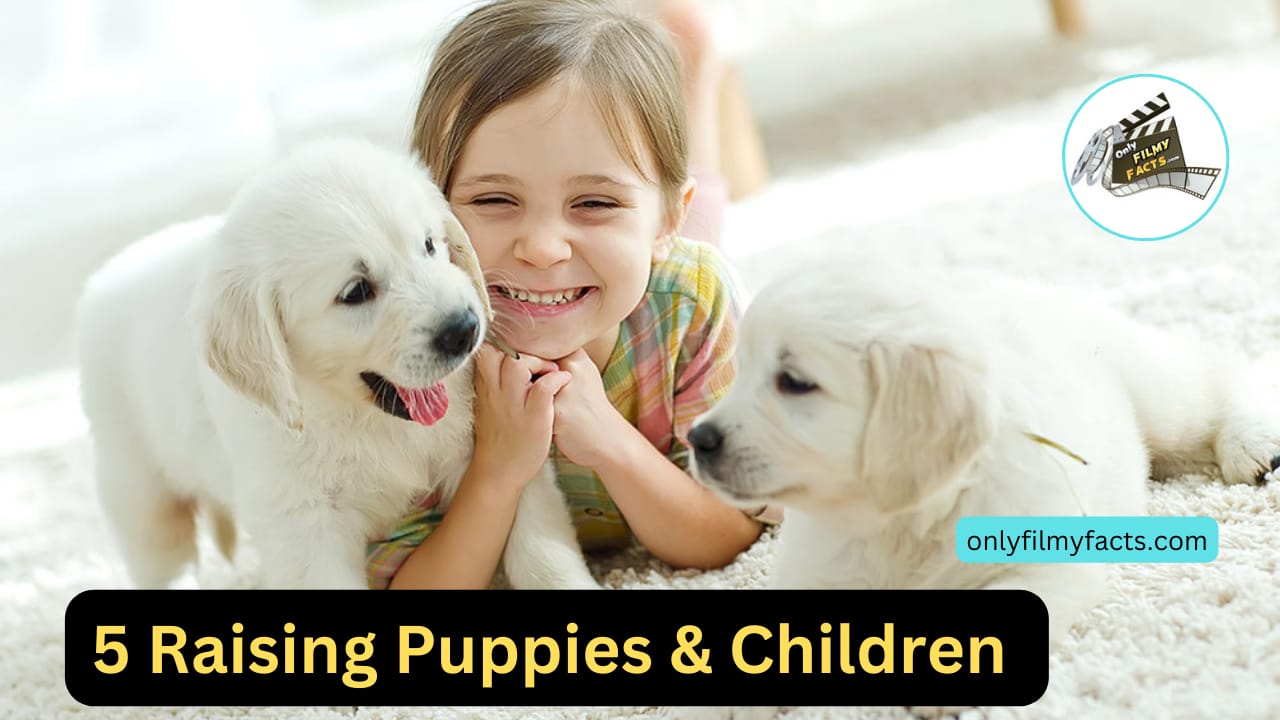When given the proper environment and training, puppies and children make a perfect match. After all, they have a lot in common. Both love to play, have tons of energy, and are loyal and loving. That’s the good news. However, recognising their more difficult behaviours is essential to raising puppies and kids together. For example, both can be impatient, overactive, and prone to making mistakes.
If you know how to get both parties properly adjusted, bringing a puppy into your home when you already have a child can be a very rewarding and memorable experience. Here are some pointers on how to help your child participate in puppy training and train your new pet to get used to sharing your home.
1. Reward With Treats
Puppies love treats and will do almost anything to get one. Giving your puppy instructions while holding a treat flat in your hand increases the likelihood that he will follow your instructions. Expand on this tried-and-true training method by letting your child hold the reward while you issue the instruction. When he obeys, she can then carefully reward the puppy. This will help strengthen the bond between your child and dog, and she will feel good about being involved in the training process. This demonstrates to your dog that your kids deserve respect and kindness.
2. Puppies : Take Walks
Walking your dog is always a good idea, and bringing your child with you is a win–win situation. They both get excellent exercise, and spending time together while having fun strengthens their bond. You can even let your son or daughter hold part of the leash at times and give commands, like heel and stop. Upon arriving home, you may be fortunate enough to witness the child and puppy dozing off together.
3. Use a Toy as a Buffer
There’s always a chance of a small dog biting your hand when kids play with puppies. Puppies have sharp teeth, and they often jump around and bite when they get too excited. Holding a toy while your child plays with the dog is a good way to stop them from biting playfully. Whether it’s a stuffed toy, rope, or bone, it will create a buffer and give the puppy something he’s allowed to grasp with those sharp new teeth. Observe playful interactions at all times to ensure that neither party gets too rough.
4. Teach Distance and Caution
Knowing the body language of dogs is one way to ensure that interactions between your child and puppy stay safe. Even though they are mute, our pets can communicate their anger and discomfort to us through other means. Usually, a tucked tail indicates fear or intimidation. Their growl conveys their annoyance or rage. Instruct your offspring about these cautionary signals and share with them the fact that the puppy occasionally requires solitude.
At the same time, let your children know it’s not okay to get frustrated or angry with the dog. They may be able to teach each other some patience and understanding. Children grow more at ease with dogs once you bring a puppy into their home. Make sure to instill in them the habit of exercising caution whenever they see other dogs outside the home. Their new best friend might be friendlier than other dogs. Make sure they understand that you should ask the owner of the dog if it’s okay to approach him.
5. Put Your Child to Work
Admittedly, a new puppy can require a lot of work. Let your children help.When they assist in filling the dog’s food and water bowls or cleaning up after their companion, they get a tremendous sense of satisfaction. This teaches them responsibility and helps take some work off your hands at the same time.
